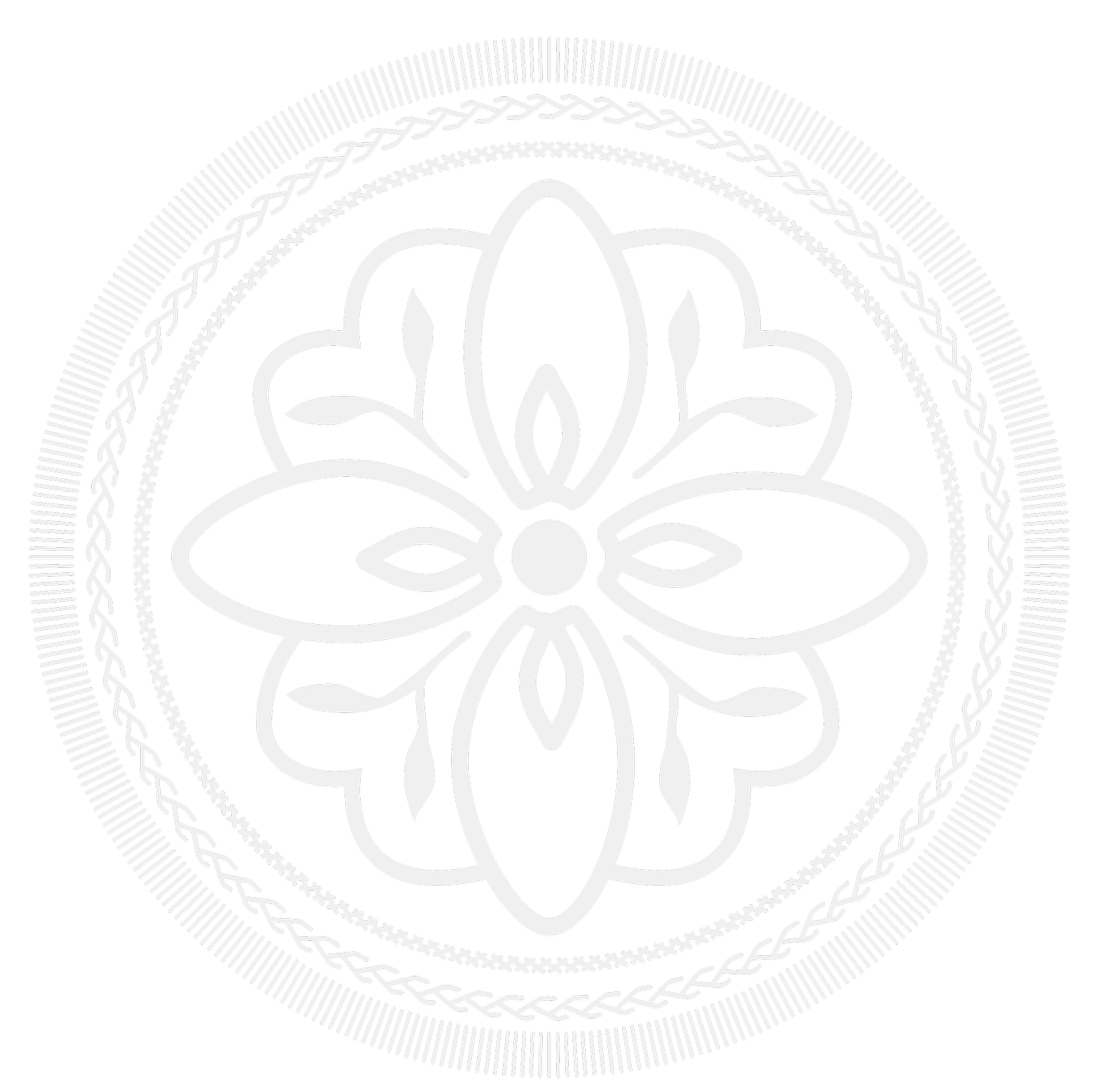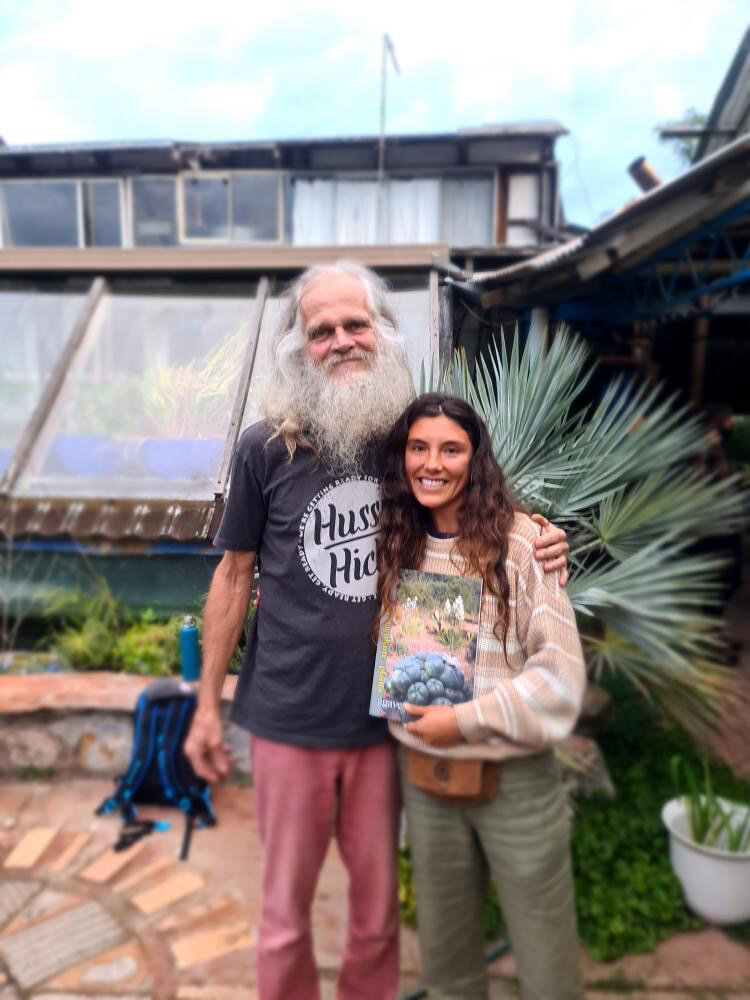What is Permaculture?
Back in early 2019 I volunteered at Inti Eco Lodge a permaculture project in the heart of the Peruvian Amazon and I recently completed a permaculture design certificate (PDC) at Fair Harvest, a permaculture farm 5km out of Margaret River in Western Australia where I literally spent fourteen days learning, experiencing, designing, visiting and living permaculture. In this blog I will share basic information and useful resources about this social movement and my personal PDC experience.
The “permaculture” concept was originally coined by Bill Mollison and David Holmgren in the mid-1970s in Tasmania, Australia. Since then permaculture has evolved and rapidly spread, inspiring and influencing the lifestyle of thousands of people all over with different interests but ultimately with the same passion of living in a better, more sustainable world.
But what is it? “Consciously designed landscapes which mimic the patterns and relationships found in nature, while yielding an abundance of food, fibre and energy for provision of local needs.” (permaculture principles)
Co-originator David Holmgren describes Permaculture as a design system for resilient living and land use based on universal ethics and ecological design principles.
Ethics of Permaculture
There are three ethics at the centre of the permaculture concept. The second and third ethics can be seen as derived from the first.
Earth Care: rebuilt nature’s capital
People Care: nurture self, kin and community
Fair Share: set limits to consumption and redistribute surplus
Principles of Permaculture
There are twelves principles that can be applied to home, garden, farm and even community design amongst others. They have been developed from careful observation of healthy ecosystems and modified over the years to the succinct and applicable principles that are taught globally today. This principles can be remember as a checklist to consider when creating designs ecological support systems always making then relevant to the place and situation.
Observe and Interact
Catch and Store Energy
Obtain a Yield
Apply Self-regulation and Accept Feedback
Use and Value Renewable Resources and Services
Produce no Waste
Design from Patterns to Details
Integrate rather then Segregate
Use Small and Slow Solutions
Use and Value Diversity
Use Edges and Value the Marginal
Creatively Use and Respond to Change
To learn more about the principles go to permacultureprinciples.com
The Permaculture Flower
I highly recommend listening to David Holmgren 3 minutes talk about the permaculture flower (mp3 – 1.20MB)
The Permaculture Network
The Permaculture philosophy has created a wonderful network of citizens, custodians, friends, artists, gardeners, volunteers and all sorts of different people from all different walks of life with the same passion for sustainable living.
Most of the people involved in the network have completed a Permaculture Design Course (PDC) and are contributing to a more sustainable future by reorganising their life around permaculture design principles. Usually they are creating small local changes that directly and indirectly influence organic agriculture, appropriate technology, intentional community design and other expressions of what is called “sustainable development”.
Living in community and the diversity of this great network is the main reason why I decided to do my volunteer work at Inti Eco lodge back in 2019 and why I decided to do my PDC. My partner Joel, was thankfully able to do it with me as well.
My PDC Experience
In the middle of May 2021 my partner and I embarked on a one in life permaculture experience at Fair Harvest Permaculture. These were two intense, exciting, sometimes confronting and definitely insightful weeks where we got to experience how all aspects within our personal and social lives can mimic the patterns and relationships found in nature.
Fair Harvest is an extensive Permaculture demonstration system established in 1995 which is located inside the Lane farm where 4 generations are currently living, read more about their inspiring story here. Fair Harvest founders and PDC hosts Jodie Lane and Dorothe Perez are passionate permaculture activists and food growers.
The course was made up of 21 enthusiastic students ranging in ages, different backgrounds and interests, some with lots of experience and knowledge about permaculture and some which were brand new to this concept, all levels were welcome and it was the beauty of this mix which made the experience so rich and diverse.
We had an incredible variety of educators sharing their passions, expertise and where their permaculture path has taken them. For the first time in the 15 PDC’s which have been taught at Fair harvest, some of the teachers also stayed at Fair Harvest, living with us day in and out and participated in classes/discussions/activities with us. We had Heather from Seasonsofwanderland, Jeff from Permacultureplants and Brena Quintan staying during the whole course with us in addition to our wonderful hosts Jodie and Do.
My highlight of this course where:
The opportunity to truly live within community, having group agreements and principles for our time living together, sharing different chores and tasks and our daily check in community morning circle
The genuine welcoming and warmth of energy from Do, Jodie and her family
The delicious, organic meals mostly sourced from Fair Harvest made by Jodie
Gardening morning sessions with Do (which were optional but I never missed them) where we had the most hands on experience and the perfect way to start the day
The mindful approach to permaculture and the consideration of zone 00 (referring to our own biological identity) beautifully explained and presented by Ian Hackett from Tiglehouse
Doing my very first bee harvest (and getting stung by a bee)
The simplicity and joyfulness of Jeff and how he embraces in his being all the ethics and principles of permaculture and the opportunity to visit his peculiar property in Nannup full of majestic plants lots of them which reminded me of back home (Peru)
The passion of Heather for honoring the land and indigenous cultures
Understanding more in depth the importance of soil and visiting PB’s property with his straw bale house and incredible garden
Visiting East Augusta Earthship, the first Earthship Biotecture project in Australia, and meeting the passionate and inspiring owner Clive Digney (if I ever built a house it will be like this one)
Visiting a regular house in Margaret River where a permaculture garden had been created, showing how this can be applied on a small scale
The unusual and creative ways in which Brena and Charlie are able to communicate permaculture ideas through art and music
Having the Old Barn to do my morning yoga practice and having fair harvest to find serenity and tranquility when days and classes got to much in my head
I will recommended this experience to anyone interested in sustainability keeping in mind how intense and full on this course can be so to make sure you do not have any other commitments and not to expect a “retreat” but rather a enrich and wonderful experience.
I hope this blog and the resources give you a better understanding of the evolving and expanding concept of “Permaculture” and I trust it will inspire you into implementing positive changes for a more sustainable future in your life.































